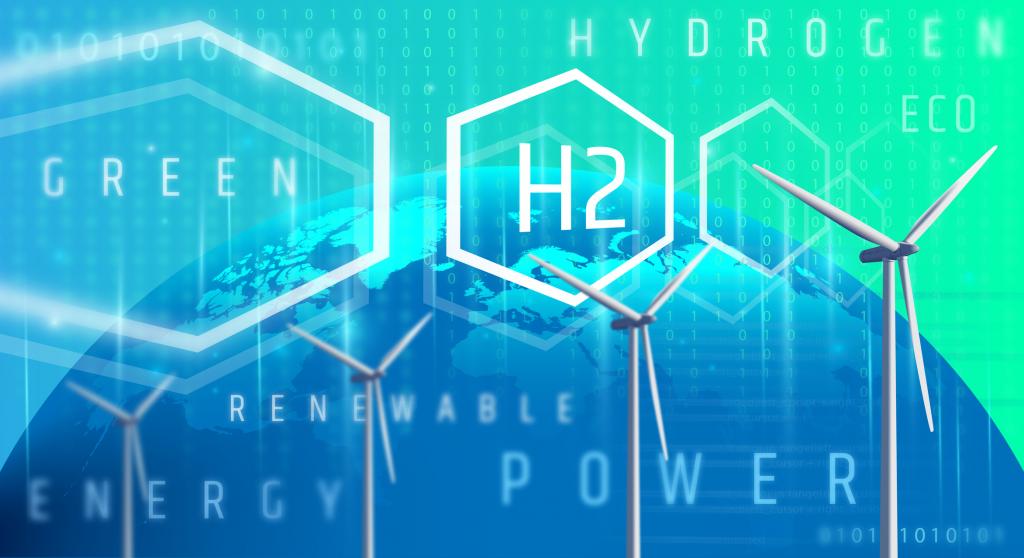Free Courses Sale ends Soon, Get It Now


Free Courses Sale ends Soon, Get It Now



Copyright infringement is not intended
Context: Pune Municipal Corporation (PMC) has taken an innovative step forward to eliminate the waste generated in the city. PMC has partnered with business management consultant The Green Billions (TGBL) to manage its waste and generate it into useable green hydrogen. TGBL’s special purpose vehicle or subsidiary, Variate Pune Waste to Energy Private Ltd, will be undertaking the work.
Details:
Potential:
Background:
MUST READ:
https://www.iasgyan.in/blogs/waste-to-energy
https://www.google.com/url?sa=t&rct=j&q=&esrc=s&source=web&cd=&cad=rja&uact=8&ved=2ahUKEwiB0oqsz5z8AhXg8jgGHXEtAmsQFnoECB0QAQ&url=https%3A%2F%2Fwww.iasgyan.in%2Fdaily-current-affairs%2Fgreen-hydrogen-47&usg=AOvVaw2LU70BlZA86u-2B3CmfPNQ
© 2024 iasgyan. All right reserved